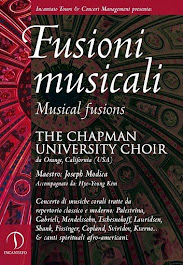Monday, August 2, 2010
Concert Venues: Matyas Templom, Budapest
Matyas Templom in Budapest, Hungary, was originally built in 1015 in Romanesque style. Located in the heart of Buda’s Castle District, it is the second largest church of medieval Buda, and the seventh largest of the medieval Hungarian Kingdom.
Officially named the Church of Our Lady, it is popularly known as the church of the king Matyas who ordered the transformation of the church’s original southern tower. The 700 year history of the church serves as a symbol of the city’s rich and often tragic history. The site hosted several royal coronations, including that of Charles IV in 1916, as well as both of King Matyas’ weddings.
Many of the church’s ecclesiastical treasures were shipped to Pressburg in present day Bratislava during the Turkish occupation. Following Buda’s capture in 1541, the church became Budapest’s main mosque. Ornate frescoes previously adorning the interior walls were whitewashed and the furnishings stripped.
In 1686 during the Holy League’s siege of Buda, a wall of the church collapsed from cannon fire. An old votive Madonna statue was hidden behind the wall, and as it appeared before the praying Muslims, the morale of the garrison collapsed and the city fell that very day.
The great architectural boom of the 19th century resulted in the church’s restoration to its original Baroque splendor. Today, the restored cathedral provides visitors with one of the most prominent and characteristic features of Budapest’s cityscape. Visitors enjoy the Ecclesiastical Art Museum and the St. Stephen Chapel located within the vast building. The gallery contains many sacred relics along with replicas of the Hungarian royal crown and coronation jewels.
“The Matyas Templom is one of the most architecturally significant churches in all of Europe. With its Christian and Islamic motifs as well as its gorgeous tile work and acoustic, Hungary's most significant church is a pleasure to behold and to sing in.”
-Dr. Jonathan Talberg
Director of Choral, Vocal and Opera Studies
Photo courtesy of Wikipedia.
Subscribe to:
Post Comments (Atom)





No comments:
Post a Comment